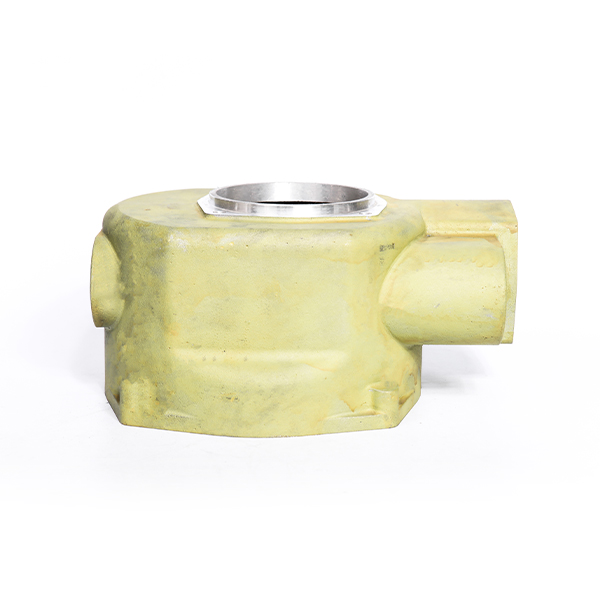Mobile:+86-311-808-126-83
Email:info@ydcastings.com
TD05 Turbo Exhaust Housing Specifications and Performance Insights for Automotive Enhancements
Understanding TD05 20G Exhaust Housing Performance and Benefits
The TD05 20G turbocharger plays a significant role in the realm of forced induction systems, especially popular among automotive enthusiasts and tuners. At the heart of its efficiency lies the exhaust housing, a crucial component that can dramatically influence the overall performance of the turbocharger. In this article, we will delve into the importance of the TD05 20G exhaust housing and its impact on turbocharger efficiency and vehicle performance.
What is TD05 20G?
The TD05 20G is a specific model of turbocharger manufactured by Mitsubishi. Widely recognized for its robust performance characteristics, this turbocharger is often favored in aftermarket applications for various vehicles, especially in the Subaru and Mitsubishi platforms. It is designed to provide a good balance of power and reliability, making it a popular choice for performance upgrades.
The Role of Exhaust Housing
The exhaust housing in a turbocharger serves multiple key functions. Primarily, it directs the exhaust gases from the engine’s exhaust manifold to the turbine wheel. The efficiency of this housing directly affects the speed at which the turbine can spin, which in turn influences the amount of boost produced by the turbocharger. The TD05 20G exhaust housing is designed to accommodate a specific flow rate, which enhances turbo response and minimizes lag.
Design and Material Considerations
td05 exhaust housing

Typically crafted from durable cast iron or high-quality alloys, the TD05 20G exhaust housing is engineered to withstand high temperatures and resist warping under stress. Its design often includes features such as an optimal volute shape that helps in directing exhaust flow efficiently. This design is critical in reducing back pressure and ensuring that the turbine can spool up quickly, enabling quicker boost response—a crucial factor in performance scenarios.
Advantages of Upgrading the Exhaust Housing
Upgrading or modifying the TD05 20G exhaust housing can lead to several performance enhancements. First and foremost, it might lead to improved airflow, which is essential for maximizing power output. Enhanced flow characteristics can reduce turbo lag, allowing the vehicle to reach boost pressure more rapidly during acceleration. Additionally, a well-designed exhaust housing can help manage exhaust temperatures better, contributing to overall engine health.
Moreover, tuners often explore aftermarket options that feature larger inlet and outlet diameters, allowing for even greater exhaust flow and efficiency. This modification can be particularly beneficial for those pushing the limits of their turbocharged engines, enabling them to extract maximum performance.
Conclusion
The TD05 20G exhaust housing is more than just a mere casing; it's a pivotal component in the quest for high performance in turbocharged applications. Understanding its function and the benefits of potential upgrades can empower automotive enthusiasts to make informed decisions that maximize their vehicles' performance capabilities. Whether for street use or competitive motorsports, the right exhaust housing can make all the difference in achieving that sought-after balance of power, efficiency, and reliability. Emphasizing the intricate relationship between design, airflow, and performance enhances the appreciation for what is often overlooked in the turbocharging process. Hence, the TD05 20G exhaust housing remains a vital subject in the discussion of high-performance automotive engineering.
-
Why Is Choosing the Right Motor Housing Critical for Engine Performance?NewsJul.18,2025
-
Which Impeller Types Best Optimize Your Pump’s Efficiency?NewsJul.18,2025
-
Optimize Maintenance Efficiency with Durable Oil Catch SolutionsNewsJul.18,2025
-
Maximize Pump Performance with Precision-Engineered ComponentsNewsJul.18,2025
-
Elevate Industrial Flow Systems with Precision-Engineered ComponentsNewsJul.18,2025
-
Boost Durability and Functionality with Precision Power CastingsNewsJul.18,2025











